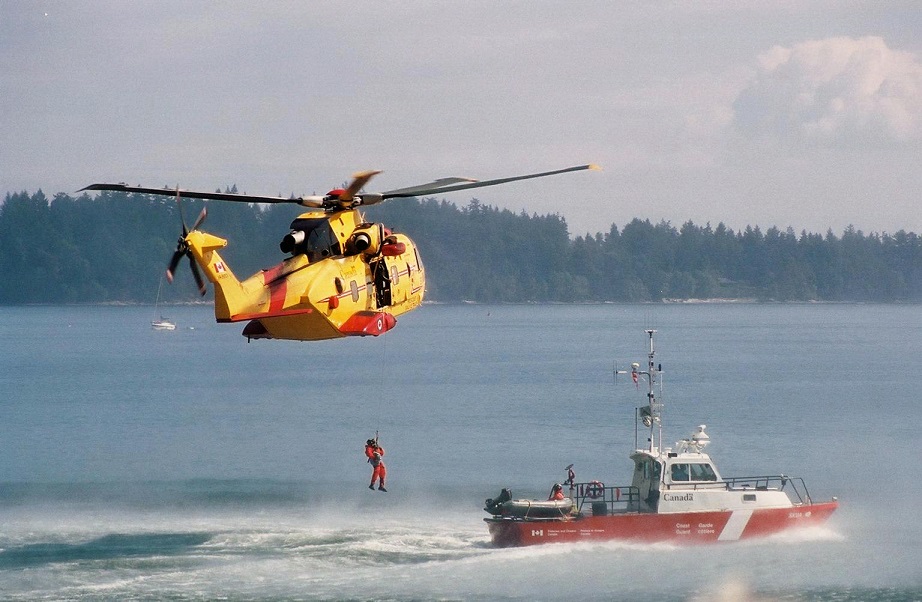This post is also available in:
 עברית (Hebrew)
עברית (Hebrew)
Search and rescue services in the UK are constantly seeking for new ways to improve the effectiveness and efficiency of their services whilst reducing risk to personnel. The Maritime Coastguard Agency (MCA) oversees search and rescue operations in the UK. Their volunteer Coastguard Rescue Teams respond to time-critical calls and work tirelessly to save lives.
A search and rescue innovation program funded by QinetiQ’s Internal Research and Development is exploring how small unmanned air systems, with enhanced information sharing capability can help these rescue teams be more effective.
The company’s unmanned air system capabilities include the operational deployment of systems under civil or military regulations, systems integration, service management and technology exploitation, such as autonomy, and Manned-Unmanned Teaming.
A recent operation demonstrated how to effectively deploy small unmanned air systems in future search and rescue missions.
During the demonstrations, QinetiQ’s Manned-Unmanned Teaming (MUM-T) solution allowed an MCA control room staff to safely and securely control the sensor of an unmanned system in flight over 200 miles away. The live situational awareness feed, which included marked up imagery, search status and reference points, was simultaneously distributed to multiple teams at the search site and to remote sites, according to the company website.
Search teams on the ground were equipped with rugged tablets with moving maps, sensor feeds from the air systems, and search progress information; all enabled by a mesh network that robustly shared voice and data amongst all participants.
The joint activity supplied the MCA with a deeper understanding of how information collected by unmanned systems can be shared effectively throughout their organization and beyond.
Phil Briggs UAS Technical Lead for QinetiQ said: “Projects like this demonstrate how search and rescue can be transformed for future operations. The successful joint demonstration highlighted the increased capability that can be harnessed within critical missions and amplify the efforts of those who are dedicated to helping others.”


























